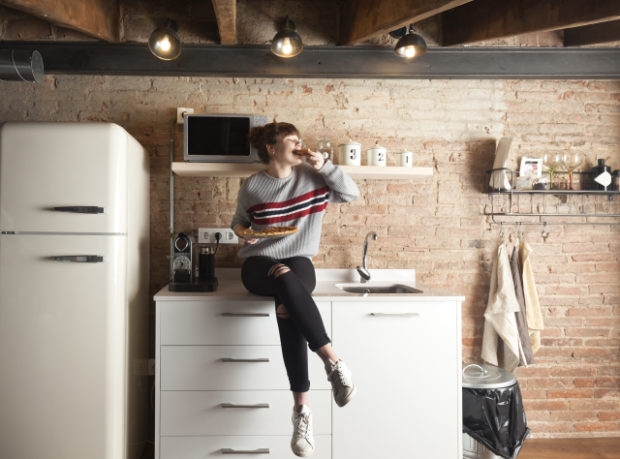In 2020, the global health crisis turned patterns of food consumption upside down: four new needs are emerging, redrawing the outlines of this new-generation consumer. A need for control, for comfort, practicality and creativity on a daily basis.
As with any major crisis, new needs are emerging. Which ones are shaping the new face of food consumption in the world of tomorrow?
The need for control: a new paradigm
The content of your plate is the last stronghold when you no longer feel like you’re in control of your daily life. Consumers, in the midst of a health crisis, have gone into a mode of controlling everything about their eating. Eating healthier food, turning to more organic, more local sources, returning to time-honored options (a home-cooked meal shared with the family), taking the time to cook carefully selected foods, while anticipating meals as much as possible (many consumers are using tools and applications to plan their meals). For many, food has been a way to feel better about themselves. You are what you eat, after all. Food as a way of soothing mental and physical concerns.
View this post on Instagram
The need for comfort: a return to time-tested favorites
If you’re over 40 years old you may belong to this demographic of consumers in search of reassurance, security and deep-rootedness. This need for meaning, utterly comprehensible during a period of instability, strengthens family ties and transmission. So you find yourself on Friday evening with your family, around a good homemade meal prepared together, with fresh and local products, a table set up the old-fashioned way, and, as a preamble to the main event, a little cocktail made with spirits (consumption of which is trending, rivaling wine in some areas). And to add a bit of exoticism to this return to roots, you’re not opposed to taking a little culinary journey through a nice little recipe with flavors evoking a distant land.
And for tomorrow morning? That’s easy, since you have more time, it’s all about crepes and pancakes. Food as a source of comfort.
View this post on Instagram
The need for practicality: the art of buying well
Our approach to shopping has also evolved with many shoppers perceiving gigantic supermarkets as unsafe, conducive to circulation of the virus. While consumers like shopping at discount retailers and places they can find everything they need, they visit them less often and stock up, with many no longer going multiple times a week. As a result, they pay special attention to expiration dates and choose foods that keep well. Many are turning to online shopping and delivery. Consumers are increasingly taking the time to cook, with more high-end products; for them, local produce is a guarantee of healthy products (and they’re reorienting some of their budgets towards better quality food). Food consumption in careful mode.
View this post on Instagram
The need for creativity: doing better with less
Against an anxiety-inducing background, creativity allows for regeneration. In France 62% of consumers tried new ingredients during successive waves of lockdown. Cooking has become a territory to explore, in the same way that a chef would. Many home cooks have invested in professional cooking utensils and decided to learn new techniques. DIY cooking, homemade snacks, cooking based on one ingredient used in several recipes, zero-waste recipes, cooking with cupboard essentials. Exploring new horizons through food. CC
View this post on Instagram
RELATED STORIES:
Eating as a citizen: How consumer values are shaping the food industry
Pandemic-hit PH, Asean consumers changing buying habits, says Nielsen study




